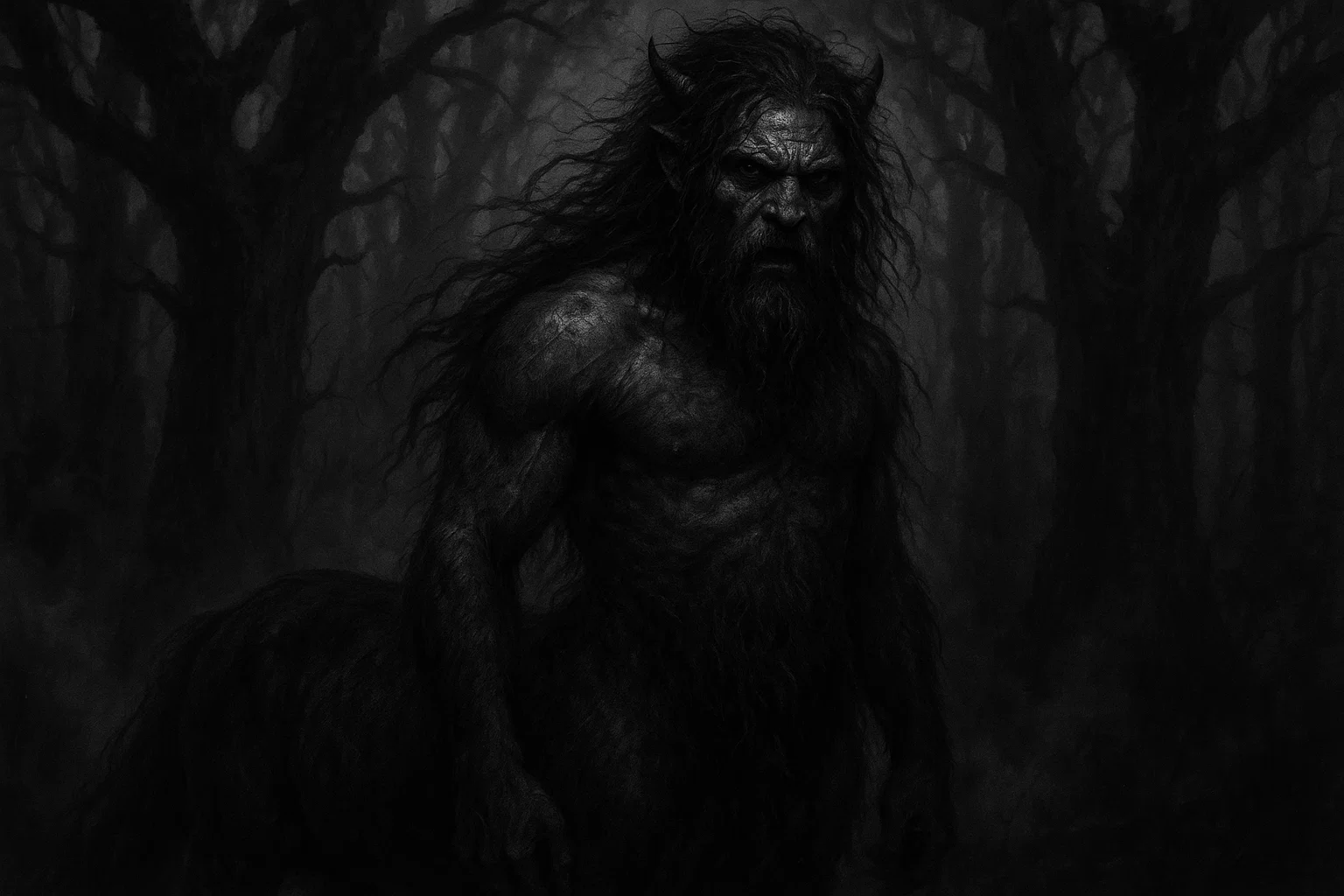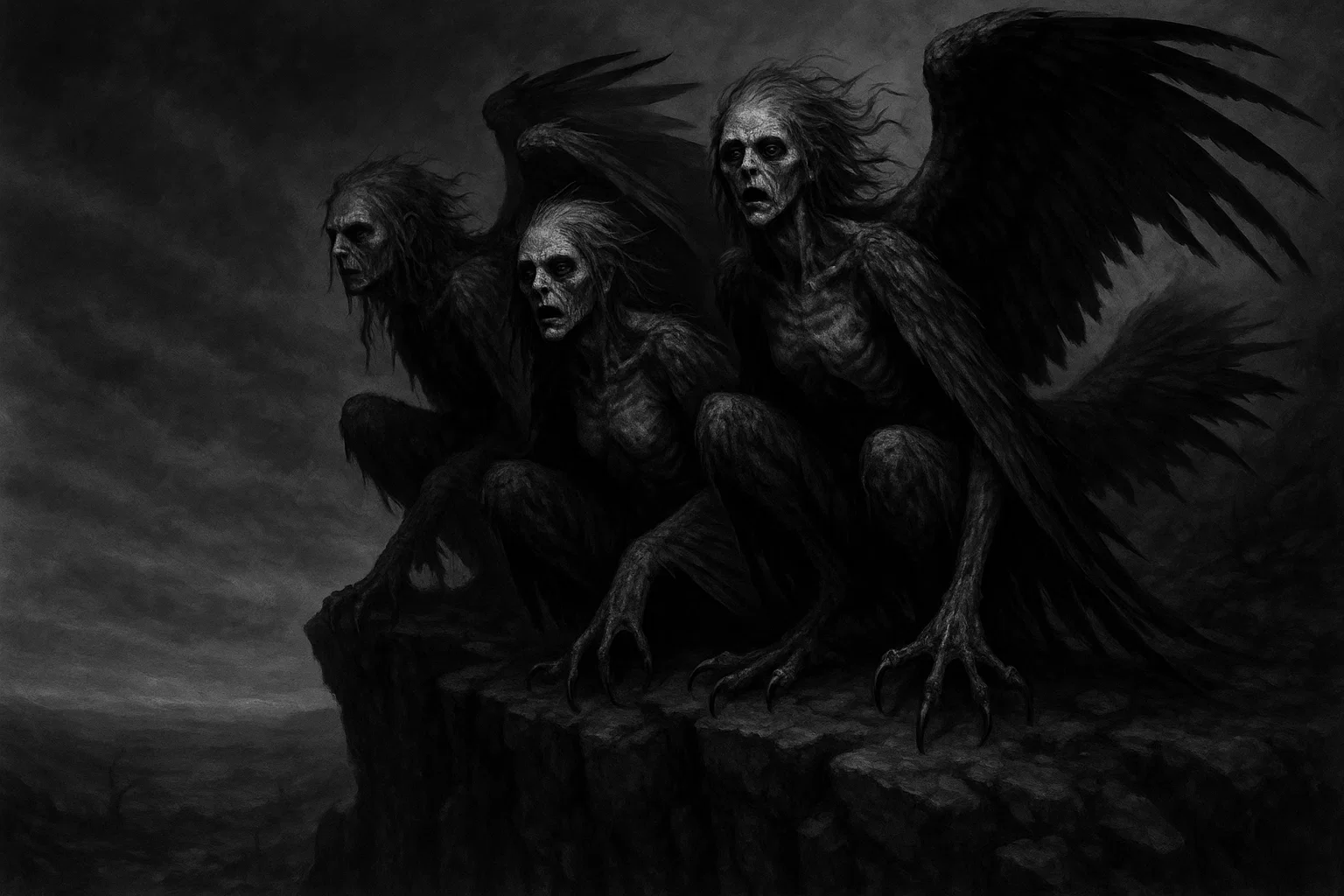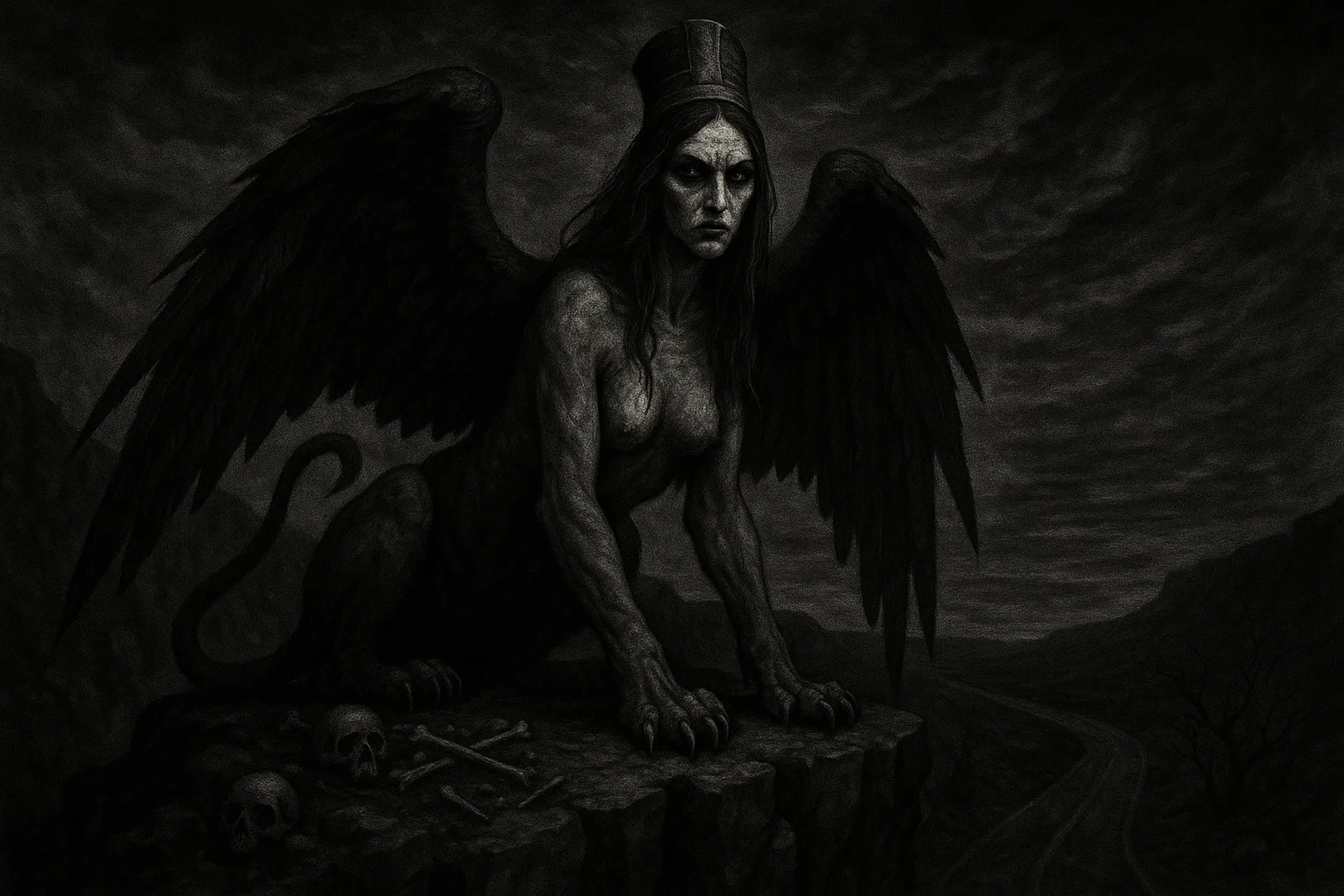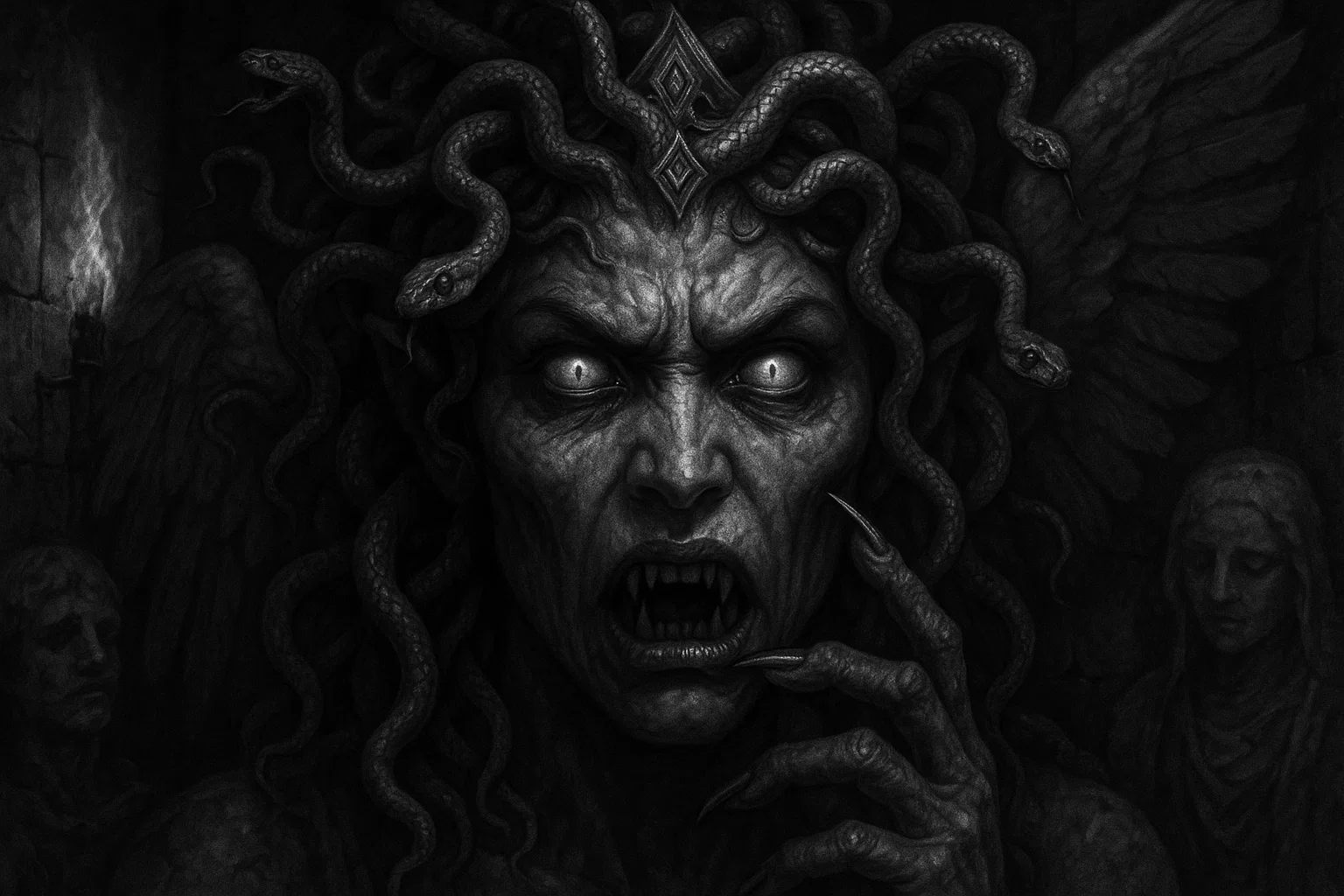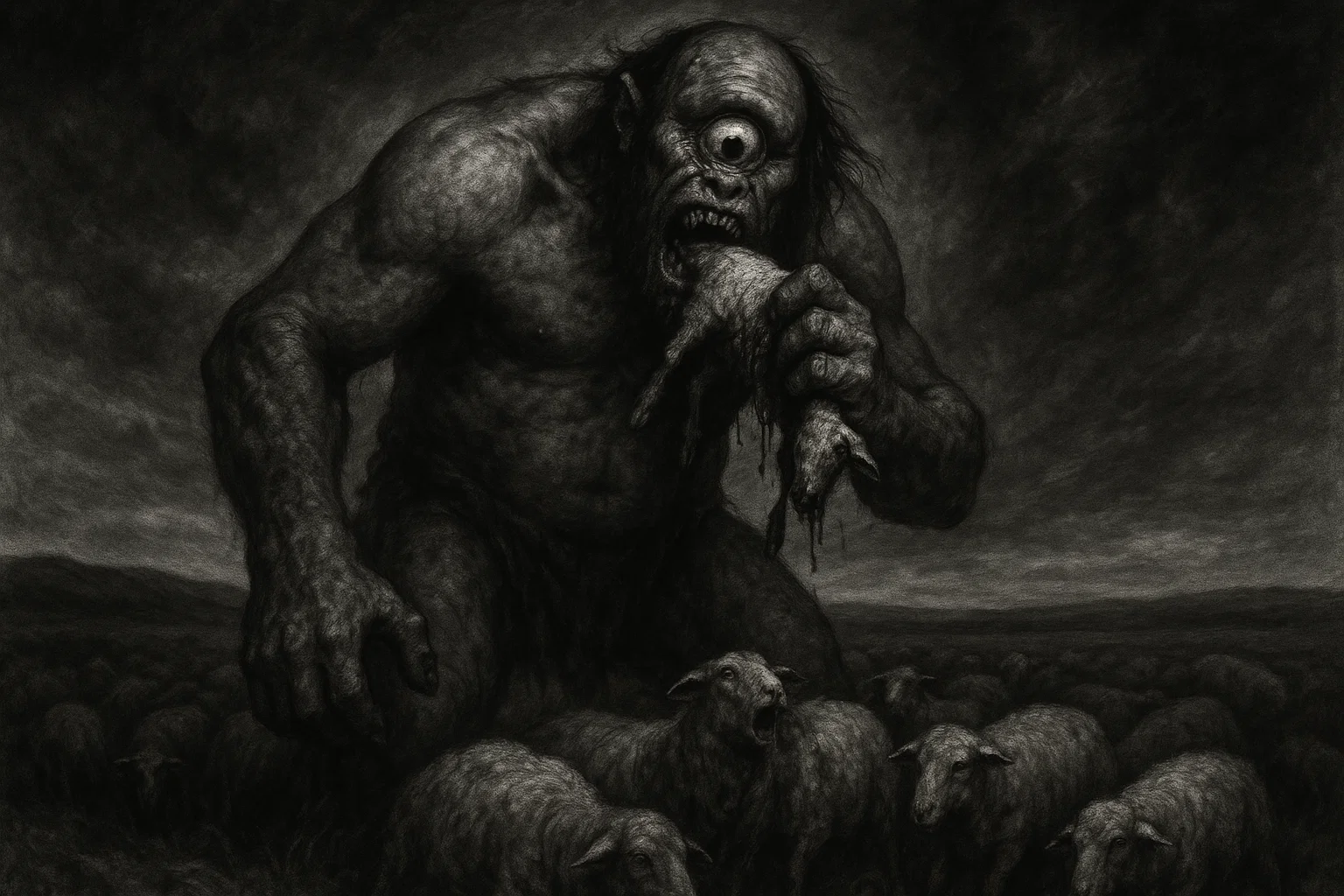In 1685, the Principality of Ansbach, nestled in the heart of the Holy Roman Empire, was gripped by fear as a ferocious wolf terrorized its countryside.
What began as attacks on livestock soon escalated to horrifying assaults on children, igniting panic among the townsfolk. Convinced this was no ordinary beast, the locals declared it a werewolf, the vengeful spirit of their cruel, recently deceased Bürgermeister, Michael Leicht.
This chilling tale of the Wolf of Ansbach blends historical events with 17th-century folklore, offering a window into a world where natural predators and supernatural beliefs collided.
From the hunt to the grotesque display of the wolf’s body, this story captures the era’s dread and fascination with lycanthropy.
Summary
Overview
The Wolf of Ansbach case is a haunting blend of historical fact and supernatural lore, reflecting the fears of a 17th-century community. Below is a snapshot of the key details:
| Aspect | Details |
|---|---|
| Location | Principality of Ansbach, Holy Roman Empire (modern-day Bavaria, Germany) |
| Year | 1685 |
| Initial Prey | Livestock, including sheep, goats, and cattle |
| Later Victims | Children, estimated 4–8 fatalities, exact number unrecorded |
| Belief | Believed to be a werewolf, reincarnation of Michael Leicht, a despised Pfleger |
| Hunt Location | Near Neuses and Eschenbach, Ansbach countryside |
| Method of Capture | Trapped in a Wolfsgrube (wolf pit) with a live rooster as bait, killed by hunters |
| Post-Capture Actions | Body dressed in human clothing, muzzle severed, fitted with a mask and wig to resemble Leicht, publicly paraded, hanged from a gibbet |
| Preservation | Carcass preserved and displayed in a local museum, possibly in Ansbach |
| Cultural Impact | Immortalized in local folklore and a 19th-century poem by Franz von Kobell |
Who Was the Wolf of Ansbach?
The Wolf of Ansbach was not a human accused of lycanthropy but a real wolf that ravaged the Principality of Ansbach in 1685. This large, aggressive predator was believed by the townsfolk to embody the spirit of Michael Leicht, a recently deceased and widely reviled local official, possibly a Bürgermeister or Pfleger (magistrate).
Leicht’s reputation for harsh governance—marked by excessive taxation and punitive measures—made him a hated figure. His death in late 1684 or early 1685, likely from natural causes, left a void filled with resentment.
When the wolf appeared shortly after, its ferocity and timing convinced the superstitious community that Leicht’s malevolent soul had taken animal form.
The wolf itself was described as unusually large, with a thick gray pelt and powerful jaws capable of tearing through livestock and human flesh.
Unlike typical wolves, which avoided humans, this beast showed brazen aggression, stalking villages and attacking in broad daylight. The locals, steeped in 17th-century beliefs about werewolves as agents of Satan or cursed souls, saw the wolf’s behavior as proof of its supernatural nature.
This case stands out in werewolf lore because it centered on an actual animal, not a human confessing to shapeshifting, yet it was treated with the same fear and ritualistic punishment as a human criminal.
You May Also Like: Murmur, Duke of Hell: The Demon Who Commands the Dead
Wolf of Ansbach’s Story
The story of the Wolf of Ansbach begins in the winter of 1684–1685, when the Principality of Ansbach, a Franconian territory in the Holy Roman Empire, faced a growing menace.
The region, centered around the town of Ansbach and its surrounding villages like Neuses and Eschenbach, was primarily agricultural, with farmers relying on livestock for survival.
In late 1684, reports emerged of a wolf attacking sheep, goats, and cattle. These early attacks, while devastating, were not unusual, as wolves were common in the dense forests of Franconia.
However, by early 1685, the wolf’s behavior escalated, targeting children in rural hamlets, plunging the community into terror.
Early Attacks and Escalation
The first recorded attack occurred in January 1685 near Neuses, when a shepherd, Hans Weber, discovered several of his sheep torn apart, their entrails scattered across a snowy field.
The ferocity of the kills—marked by deep gashes and partially devoured carcasses—suggested a predator larger and bolder than the average wolf.
Within weeks, similar incidents spread to Eschenbach and nearby villages, with farmers like Georg Müller and Anna Schmidt reporting losses of entire flocks. By February, the wolf had killed an estimated 50–60 animals, crippling local livelihoods.
The situation turned horrific in March 1685, when the wolf began attacking humans. The first known victim was 7-year-old Lisbeth Braun, who vanished while playing near a stream in Eschenbach.
Her mutilated body was found the next day by her father, Johann Braun, a local miller. The child’s throat was torn open, and her limbs bore deep bite marks, consistent with a large canine predator.
Over the next two months, at least three to seven more children, aged 5 to 12, were killed in similar attacks across the Ansbach countryside. Witnesses, including a farmer named Klaus Fischer, described seeing a massive wolf with “eyes like burning coals” lurking near villages at dusk.
The exact number of human victims is uncertain, as records from the time are incomplete, but estimates range from four to eight fatalities.
Community Panic and Supernatural Beliefs
The gruesome nature of the attacks—children ripped apart, their bodies left in fields or near homes—fueled widespread panic. Villagers began locking their children indoors and avoided traveling alone. The wolf’s boldness, attacking in daylight and near populated areas, was unprecedented.
This behavior, combined with the recent death of Michael Leicht, led to rumors that the wolf was a werewolf. Leicht, who served as Pfleger in Ansbach until his death in late 1684, was notorious for his oppressive rule.
He had imposed heavy taxes, seized property for minor infractions, and allegedly ordered brutal punishments, including public floggings. His death, possibly from illness, was seen as divine justice by many, but the wolf’s appearance shortly after led locals to believe his cruel spirit had returned.
A contemporary account, recorded by a local scribe, Johann Meier, described the wolf appearing near Leicht’s former residence in Ansbach, “wrapped in white linen as if to mock the living.” This imagery, rooted in folklore about ghosts and shapeshifters, reinforced the belief that the wolf was Leicht’s reincarnation.
The era’s obsession with lycanthropy—the transformation of humans into wolves through curses or demonic pacts—provided a framework for interpreting the attacks.
Sermons by local clergy, such as Pastor Wilhelm Becker, warned that the wolf was a “servant of Satan,” sent to punish the community for its sins.
You May Also Like: The 1986 Kobe Middle School Murders | Horror Story
Authorities’ Response
The local authorities, led by Markgraf Christian Albrecht of Brandenburg-Ansbach, initially dismissed the werewolf rumors but could not ignore the economic and social toll.
The loss of livestock threatened food security, and the child killings sparked outrage. In March 1685, the Markgraf issued a decree offering a reward of 10 thalers for the wolf’s capture, dead or alive.
A militia of local hunters, led by Captain Heinrich Vogel, was organized to patrol the forests. Vogel, a seasoned huntsman, reported that the wolf’s tracks were unusually large, suggesting a mature male weighing up to 100 pounds.
Initial attempts to track the wolf failed, as it evaded traps and ambushes. Farmers like Peter Hahn set up snares and poisoned bait, but the wolf avoided them, heightening fears of its supernatural cunning.
By April, the community demanded action, with villagers petitioning the Markgraf to involve the church in exorcising the “demonic beast.” Pastor Becker and other clergy conducted prayers and rituals, sprinkling holy water in affected villages, but the attacks continued.
The Hunt
By May 1685, the situation was untenable. The Markgraf authorized a large-scale hunt, mobilizing over 50 men, including hunters, farmers, and soldiers.
The effort focused on the forests near Neuses and Eschenbach, where the wolf was most active. Hunters used a Wolfsgrube, a deep pit (approximately 4 meters) camouflaged with branches and baited with a live rooster, a common tactic for trapping wolves.
On May 17, 1685, after days of tracking, the wolf was spotted by a hunter, Lukas Schmidt, near a clearing. A pack of dogs, led by Vogel, chased the wolf into the pit, where it was trapped.
The killing was brutal. The wolf, cornered and snarling, was speared and clubbed to death by the hunters. Its body, described as “monstrous” with a blood-matted pelt, was dragged to Neuses for inspection.
The community gathered, some weeping with relief, others shouting accusations of lycanthropy. The wolf’s size—estimated at 5 feet long with powerful jaws—confirmed its ability to inflict the reported damage.
You May Also Like: Ghost Taxi Passengers of Japan: Real Hauntings After the 2011 Tsunami?
Wolf of Ansbach’s Werewolf “Trial”
The capture of the Wolf of Ansbach marked the beginning of a bizarre and symbolic “trial” that reflected the era’s blend of justice, superstition, and vengeance.
Unlike traditional werewolf trials, which involved human defendants interrogated and tortured for confessions, this case centered on a real animal.
However, the community treated the wolf as if it were Michael Leicht himself, subjecting its corpse to a ritualistic punishment that served as both a public spectacle and a supernatural exorcism.
Capture and Initial Treatment
On May 17, 1685, after the wolf was killed in the Wolfsgrube, its body was brought to Neuses, where it was examined by local authorities, including Captain Heinrich Vogel and a magistrate, Friedrich Keller.
The carcass was unusually large, with a thick gray coat and deep wounds from the hunt. Villagers crowded around, some spitting on the body, others praying to ward off its “evil spirit.” The authorities, under pressure to restore order, decided to treat the wolf as a human criminal, reflecting the belief that it was Leicht’s reincarnated soul.
The wolf’s muzzle was severed with a butcher’s knife, a symbolic act to “silence” its malevolence. The body was then skinned, revealing a muscular frame that further fueled rumors of its supernatural strength.
The pelt was preserved, while the carcass was prepared for a public display. This initial treatment was overseen by Keller, who documented the event in a report to the Markgraf, noting the community’s insistence that the wolf was a werewolf.
Ritualistic “Trial” and Public Display
No formal trial took place, as the wolf was not a human defendant. Instead, the community enacted a symbolic judgment, blending legal and religious elements.
On May 19, 1685, the wolf’s body was dressed in human clothing—a tattered cloak, breeches, and a shirt—provided by local tailors. A crude cardboard mask, painted to resemble Michael Leicht with a gaunt face and gray beard, was affixed to the wolf’s head.
A wig, crafted from hemp and wool, was added to complete the likeness. This grotesque effigy was intended to mock Leicht’s memory and confirm the wolf’s identity as his spirit.
The dressed carcass was paraded through Ansbach’s marketplace, carried on a cart drawn by oxen. Crowds gathered, shouting insults like “Leicht, thou cursed beast!” and throwing stones.
Children were brought to witness the spectacle, with parents warning them of the consequences of cruelty and sin. Pastor Wilhelm Becker led a prayer, declaring the wolf “cast out by God’s will.”
The procession, described by scribe Johann Meier, lasted several hours, moving from the marketplace to a hill outside the town.
You May Also Like: What Is a Draugr? The Undead Monster of Norse Mythology
Execution and Gibbeting
On the hill, a gibbet—a wooden gallows typically used for human criminals—was erected. The wolf’s body was hoisted by ropes, its limbs tied to resemble a hanged man.
The hanging was not merely symbolic; it was a deliberate act to “execute” the wolf as if it were Leicht, ensuring his spirit could not return. The corpse was left dangling for three days, exposed to the elements and pecked by birds, a gruesome sight meant to deter other supernatural threats.
Some accounts suggest the body was smeared with pitch to preserve it during this period.
The gibbeting was a public catharsis, allowing the community to reclaim power over the terror that had gripped them for months.
Women like Anna Schmidt, who had lost livestock, and Johann Braun, whose daughter Lisbeth was killed, reportedly wept at the sight, believing justice had been served. The Markgraf attended the event, signaling official approval of the ritual.
Preservation and Legacy
After the gibbeting, the wolf’s body was removed and prepared for permanent display. The pelt was stuffed with straw, and the masked head was mounted on a wooden frame.
The effigy was placed in a local museum, possibly the Ansbach Hofmuseum, though records of its current whereabouts are lost. This preservation served as a trophy of the community’s triumph and a warning to future generations.
The display, described in a 1690 chronicle by a local historian, Georg Albrecht, included a plaque labeling the wolf as “The Beast of Ansbach, Slain 1685.”
The ritualistic “trial” and execution were unique in werewolf lore, as they targeted an animal rather than a human. They reflected the era’s belief in apotropaic rituals—acts to ward off evil—and the need to publicly humiliate a hated figure like Leicht.
The spectacle also served political ends, reinforcing the Markgraf’s authority and signaling the end of Leicht’s oppressive legacy.
You May Also Like: Types of Werewolves Ranked by Power and Origin
Wolf of Ansbach vs Other Werewolves
The Wolf of Ansbach is distinct in werewolf lore because it involved a real animal treated as a human criminal, unlike most cases where humans were accused of lycanthropy.
Below is a comparison with other notable werewolf cases:
| Case | Year | Location | Details | Outcome |
|---|---|---|---|---|
| Peter Stubbe | 1590 | Bedburg, Germany | Confessed under torture to a demonic pact, killed 13 children and 2 pregnant women over 25 years, ate their flesh. | Beheaded, body burned. |
| Gilles Garnier | 1573 | Dole, France | Hermit confessed to killing 4 children using a magical ointment to become a wolf. | Burned at the stake. |
| Gandillon Family | 1598 | Jura, France | Perrenette Gandillon killed a child; family accused of witchcraft and shapeshifting. | Burned at the stake. |
| Jacques Roulet | 1598 | Angers, France | Found with bloodied hands near a mutilated boy; confessed to lycanthropy. | Declared insane, institutionalized. |
| Jean Grenier | 1603 | Gascony, France | 14-year-old claimed a wolfskin belt enabled transformation; killed children. | Sent to a friary, died in 1611. |
| Manuel Blanco Romasanta | 1852 | Galicia, Spain | Serial killer confessed to 13 murders, claimed lycanthropy as a curse. | Imprisoned, died in custody. |
| Thiess of Livonia | 1692 | Jürgensburg, Latvia | Claimed to be a “hound of God,” fighting witches as a werewolf. | Flogged, banished for heresy. |
| Werewolves of Poligny | 1521 | Poligny, France | Michel Verdun and Pierre Burgot confessed to wolf transformations, murders. | Burned at the stake. |
| Hans the Werewolf | 1651 | Estonia | 18-year-old confessed to lycanthropy after a wolf bite; no murders proven. | Executed for witchcraft. |
| Claudia Gaillard | 1598 | Burgundy, France | Accused of transforming into a wolf; tortured, confessed to attacks. | Burned at the stake. |
| Michel Utem | 1598 | France | Confessed to killing children as a wolf; linked to witchcraft. | Burned at the stake. |
The Wolf of Ansbach shares the era’s obsession with lycanthropy as a demonic or cursed state.
Like other cases, it was driven by community fear and the need to explain violent acts through supernatural means. The public punishment—hanging the wolf like a human criminal—parallels the executions of human werewolves, reflecting a shared belief in ritualistic justice.
Unlike human defendants like Peter Stubbe or Gilles Garnier, who confessed under torture, the Wolf of Ansbach was an animal, not subjected to interrogation.
Its “trial” was symbolic, not legal, focusing on public spectacle rather than judicial process. The case also lacks the witchcraft accusations common in other trials, emphasizing instead the reincarnation narrative tied to Michael Leicht.
This focus on a real animal makes the case a unique bridge between natural predation and folklore.
Was the Wolf of Ansbach Real?
The Wolf of Ansbach case likely has a historical basis, with a real wolf attacking livestock and possibly humans in 1685.
However, the supernatural interpretation—that it was a werewolf or Michael Leicht’s reincarnated spirit—is rooted in the era’s folklore and cannot be verified.
The story’s persistence in historical records and cultural artifacts suggests a significant event, embellished by the fears and beliefs of 17th-century Franconia.
Historical sources:
- Contemporary Flyer (1685): A local broadsheet, attributed to scribe Johann Meier, described the wolf as a “spectral beast” haunting Leicht’s residence, wrapped in white linen. This document, though sensationalized, confirms the event’s immediate impact.
- Ansbach Chronicle (1690): Historian Georg Albrecht recorded the wolf’s capture and display, noting the community’s belief in its supernatural nature. He described the gibbeting and museum exhibit, lending credibility to the physical events.
- Franconian Ecclesiastical Records (1685): Pastor Wilhelm Becker’s sermons, preserved in church archives, reference the wolf as a “demonic scourge,” reflecting the religious lens applied to the attacks.
- Franz von Kobell’s Wildanger (1859): This poem, written nearly two centuries later, recounts the story as a local legend, likely drawing from oral traditions. It describes the wolf’s “fiendish glare” and the community’s triumph, preserving the tale in Bavarian culture.
- Johann Jakob Baier’s Account (1706): A naturalist and physician, Baier briefly mentioned the Ansbach wolf in his writings on Franconian fauna, noting its size and the community’s superstitious response, though he dismissed the werewolf theory.
- Local Oral Traditions: Stories passed down in Ansbach, recorded in 18th-century folklore collections, describe the wolf as “Leicht’s vengeance,” suggesting the narrative’s deep cultural roots.
The existence of a man-eating wolf is plausible. Wolves were prevalent in 17th-century Europe, and attacks on humans, though rare, occurred during harsh winters or when prey was scarce.
The estimated 4–8 human victims align with historical patterns of wolf attacks, as seen in cases like the Beast of Gévaudan (1764–1767). The detailed accounts of the hunt, including the use of a Wolfsgrube and the involvement of named figures like Heinrich Vogel, support the event’s historicity.
The supernatural elements—Leicht’s reincarnation, the wolf’s alleged cunning—are products of the era’s worldview. The 17th century saw thousands executed for lycanthropy and witchcraft, driven by religious fervor and social instability.
The Ansbach case reflects this panic, with Pastor Becker’s sermons and the community’s rituals echoing broader European trends. The flyer’s claim of the wolf haunting Leicht’s home is likely an embellishment, as no physical evidence supports spectral activity.
The ritualistic treatment of the wolf’s body—dressing it as Leicht, parading it, and gibbeting it—has historical parallels in apotropaic practices, where objects or bodies were manipulated to ward off evil.
The museum display, noted by Georg Albrecht, suggests the community sought to preserve the event as a cultural artifact. However, the lack of surviving primary sources, such as court records or the Markgraf’s decrees, limits definitive proof.
The consistency of secondary accounts, from Meier’s flyer to Kobell’s poem, supports the occurrence of a significant wolf attack interpreted through a supernatural lens.
You May Also Like: What’s Huggin’ Molly? Is Alabama’s Ghost Still Chasing Kids?
Conclusion
The Wolf of Ansbach case is a vivid tapestry of history, fear, and superstition, capturing the 17th-century struggle to make sense of a brutal world.
A real wolf, driven by hunger or territorial instincts, likely killed livestock and children, sparking a community response shaped by folklore and resentment toward Michael Leicht.
The symbolic “trial,” with its grotesque display and ritualistic execution, reflects the era’s belief in lycanthropy as a demonic force, blending natural and supernatural explanations.
The story’s endurance, from contemporary flyers to 19th-century poems, underscores its cultural significance. It serves as a reminder of how fear can transform a predator into a monster, and a community’s vengeance into a lasting legend.
The Wolf of Ansbach remains a haunting testament to the power of belief to shape history, offering a glimpse into a time when wolves and werewolves prowled both the forests and the human imagination.


